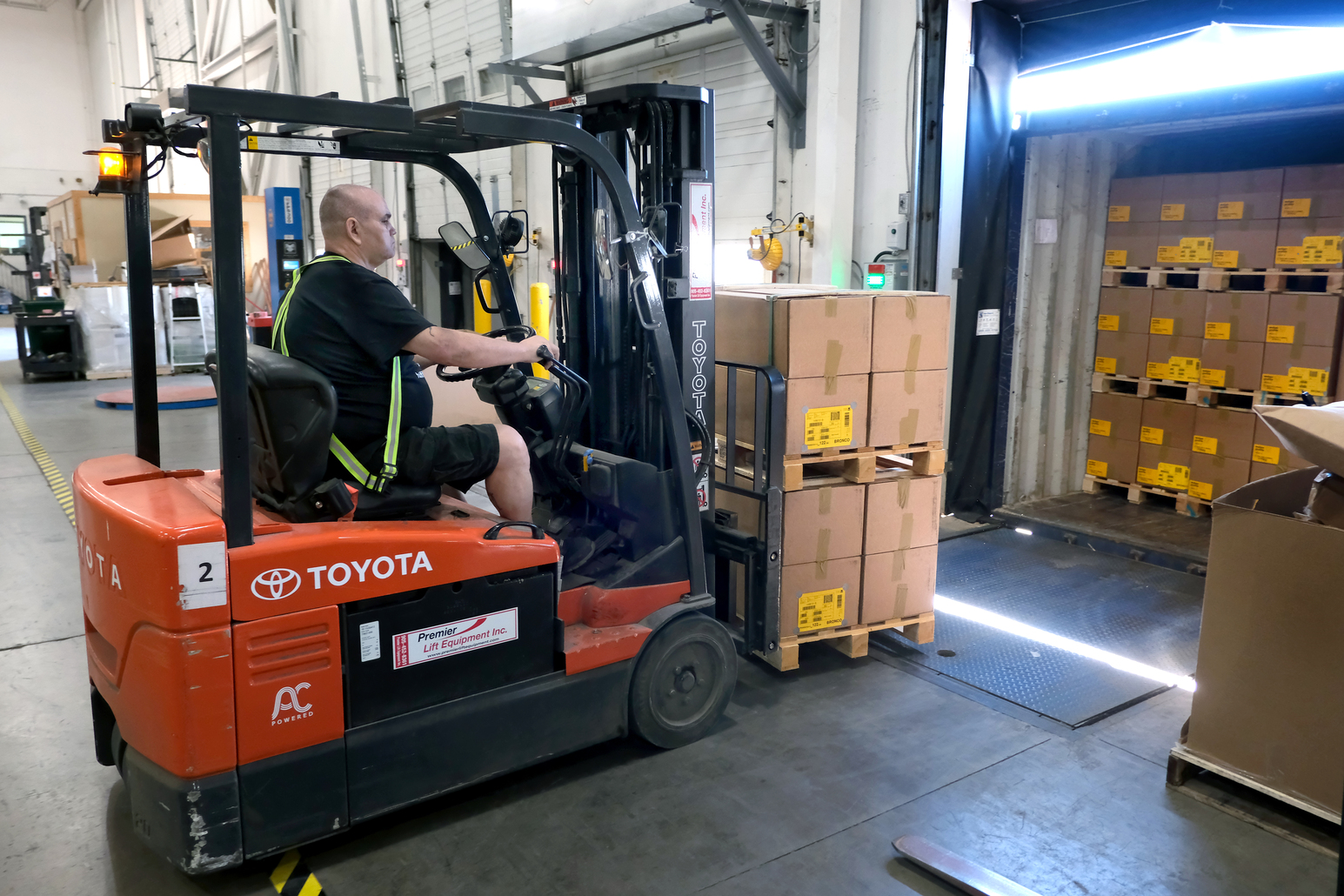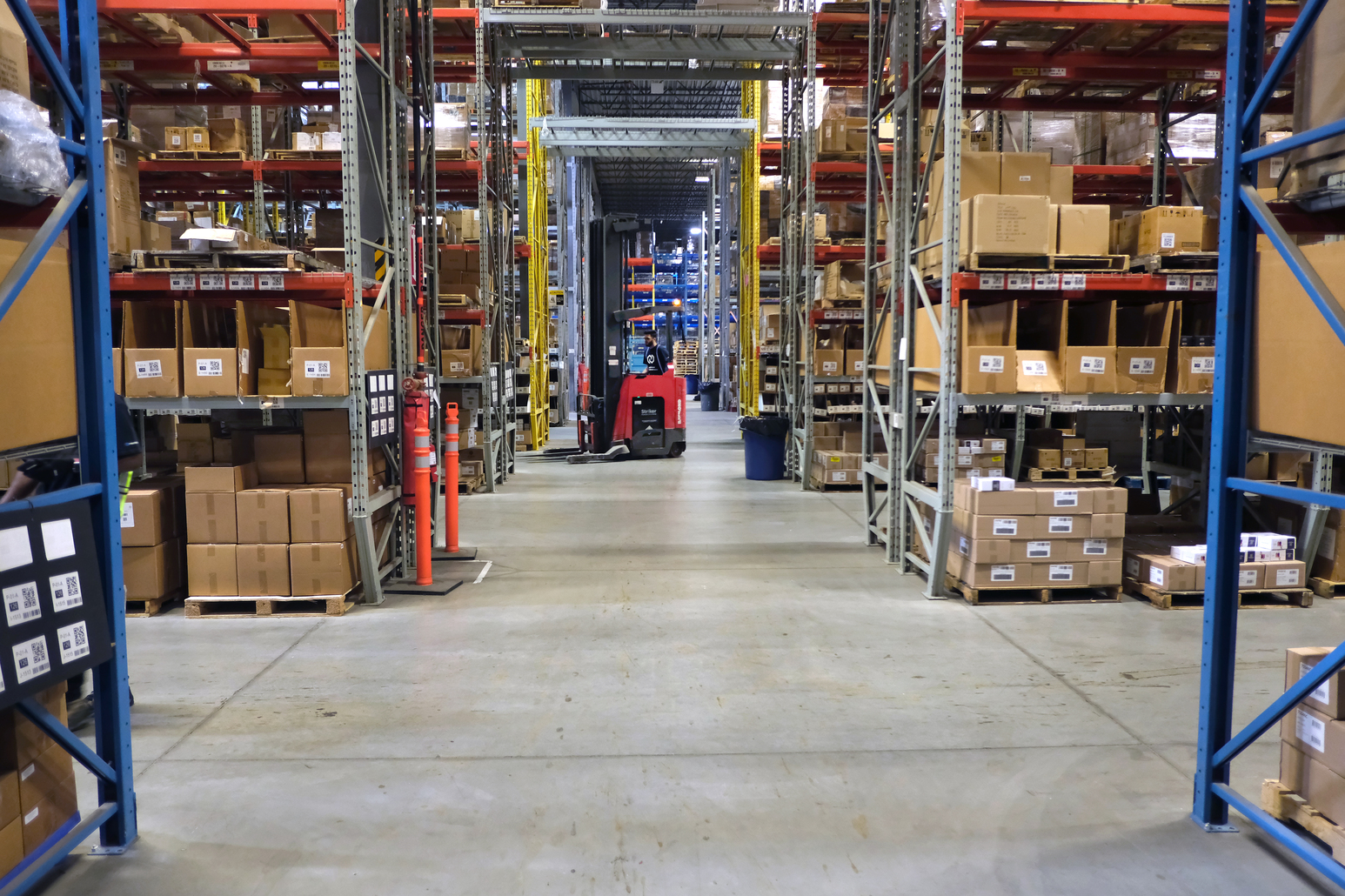Just over a year ago, the Canadian dollar hovered around par with the US dollar. Recently it has hit its lowest point in 4 years. This spells trouble for importers who purchase finished product or raw materials from our largest trading partner. Unless an importer has a crystal ball or an on-staff mystic that bought the US dollar forward a year ago, their landed costs have increased between 15 and 20 percent in the past several months.
And it may not stop there. According to the Globe and Mail, Camilla Sutton, Chief Currency Strategist with Bank of Nova Scotia said, “In January, the Canadian dollar (CAD) was the worst-performing primary currency, losing 9 per cent against the USD and marking the largest monthly losses since the height of the financial crisis.??? And some projections see it as low as 75 cents at some point this year.
Since most international transactions are based in USD, imported shipments from around the world are also negatively affected.
Negative Effects Suffered by Importers
Whether a distributor imports finished products or a manufacturer imports raw materials, the landed costs are increased in a few ways.
- Purchases simply cost 15-20 percent more than when the dollar is at par with the US Dollar.
- Initial purchase price is converted at the rate of exchange at ‘time of sale’; thereby creating increased duties and/or GST outlay.
- Almost all international freight charges are based in US dollars so the transportation overhead increases accordingly and cuts further into profit margin or production costs.
These factors put Canadian importers into a not so favourable position as they try to remain competitive in the marketplace. Even more foreboding is the fact that many non-resident importers base their day-to-day business on the US dollar and often times can land the product cheaper than a resident importer.
Why is our Dollar so Volatile?
According to the pundits, it is our own Bank of Canada and the oil industry that determines the level of the Canadian dollar. Not to mention the continuous rebound of the US economy. Some may argue that it is our own government that is trying to reduce the value of the dollar in order to bolster the economy through exports, tourism and solidifying long-term manufacturing employment. And as Canadians, we know that these are the key performance indicators that keep our economy burgeoning in comparison to other world markets.
It seems that as the price of a barrel of oil continues to fall, so goes the Canadian dollar. Producers are currently outputting almost half a billion more barrels per day than in recent months. We have all enjoyed decreased prices at the pumps and hopefully lower costs for the daily staples such as groceries and clothing. Although it seems that some retailers are slow or reluctant to pass the reduction in fuel savings on to the consumer.
Double Edged Currency Sword
Looking back, we have been riding the currency roller coaster for several decades. The value of the Canadian dollar will never suit all companies whether it is at par, de-valued or over-valued. If the dollar is good for importers, it will be bad for exporters. So at the end of the day, which contributes more to the economy?
Canadian manufacturers/exporters find themselves in a great position to bolster their overseas trade because of their customer’s increased buying power from abroad. Economists will tell you that the present currency situation is to the benefit of the overall Canadian economy.
One of the main positives is that exporters will see a boon in business that allows them to not only retain their current workers but possibly reinstate those that have been downsized. When unemployment is low, the economy benefits not only through income tax but also because of an increase in after-tax dollars spending.
Bracing for the Future CAD
Although the fluctuation of currency cycles is unpredictable, we know that the peaks and valleys exist through prior experience.
Importers may spend some time investigating other sourcing possibilities whether domestic or international to try to reach that level playing field. Exporters also need to have a back-up plan when the dollar is high by; possibly by securing more domestic customers.
In any case, Canadian business will continue to the ride the currency wave whether the Canadian dollar is at par, below or above the US dollar. This is a part of business economics that is likely to continue for the foreseeable future.
Mantoria provides customs brokerage and freight forwarding services across Canada. Headquartered in Montreal with our satellite branch located in Toronto, our team of experts can offer advice to any importer or exporter. Contact us to learn more.



